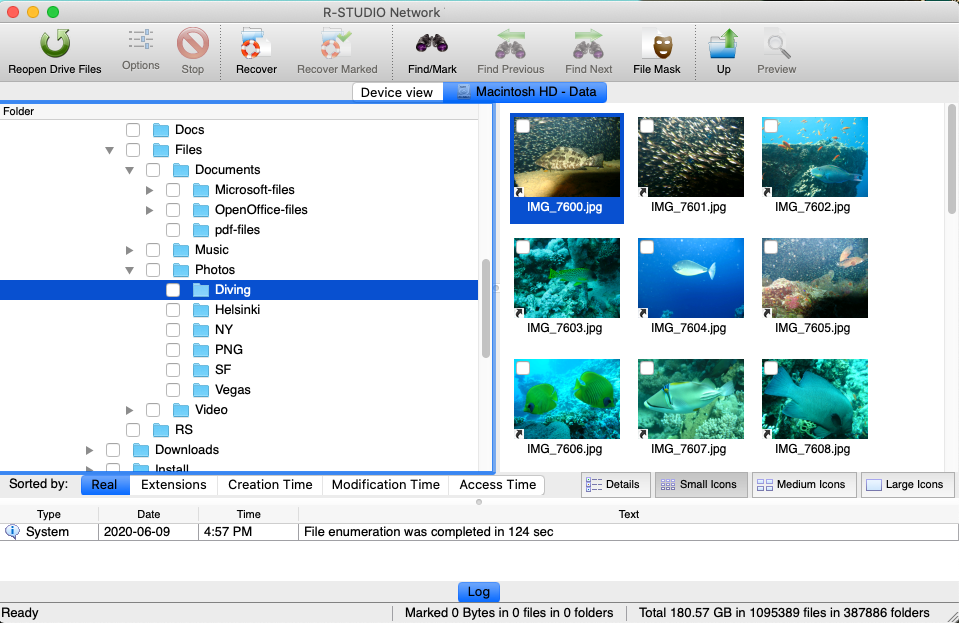

You will be prompted to do this when necessary, but I like to get it out of the way up front.

This will enable building and debugging RStudio Server and RStudio Desktop (both QtWebEngine and Electron flavors). Installation of packages is a topic for another webpage Installing Packages on RStudio Desktop.How to go from a clean M1 Mac to an RStudio IDE development machine. Packages extend the functionality of R and provide a mechanism of sharing code. Double click the installer and follow instructionsĪ word about Packages for RStudio Desktop On the Mac, you will find the RStudio-1.3.959.dmg installer in the Downloads folder. As of April 2020, that is version 1.3.959. If you have the latest version, omit steps 2 and 3 and move on to the next section.ĭownload the free version of RStudio Desktop. On the Mac, launch RStudio Desktop from the Applications folder and Check for Updates under the Help menu. If you already have RStudio Desktop, check that it is the latest version. Double click the installer and follow instructions. On the Mac, you will find an installer file with name something like this R-4.0.0.tar or R-4.0.0.tar.gz in the Downloads folder.

If you have the latest version, omit steps 2 and 3 and move on to the next section.ĭownload the latest stable and non-prerelease version available. On the Mac, launch R from the Applications folder and Check For R Updates under the R menu. If you already have R, check that it is the latest version. We will run through the steps needed to get you up and running _RStudio Desktop**_ on your Mac. We recommend using RStudio Desktop, because it *provides a user-friendly environment with 4 pane views which makes it easier to use for examining data, writing scripts and running R analyses.* Additionally, RStudio Desktop provides a feature-rich app for developing Shiny apps, R Markdown documents and much more.


 0 kommentar(er)
0 kommentar(er)
